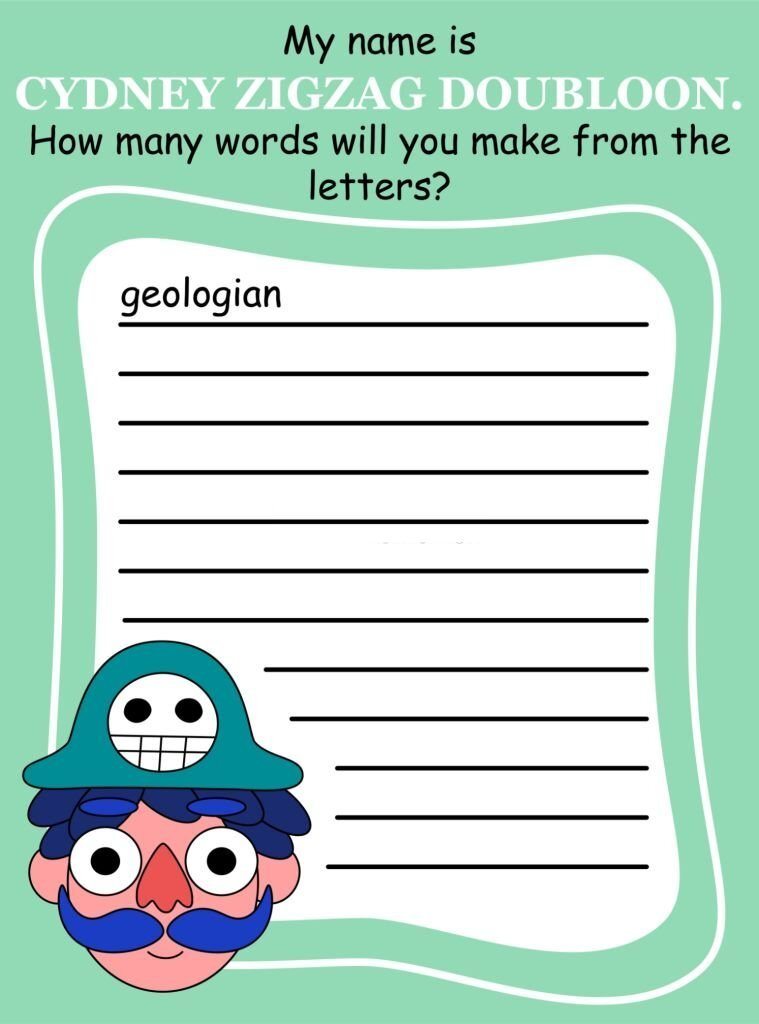Vocabulary is important. It is one of the skills that separates a good student from an average one, and good students show up on state and national vocabulary lists with their impressive-sounding entries. Because vocabulary building can make such a significant difference in your learning, it’s important to find the right ways to help your child develop his or her vocabulary.
There are many methods of teaching vocabulary. So far, no one method seems to be better than any other. Vocabulary learning is a combination of reading, listening and studying words. However, some methods work very well for kids and parents.
Games are an effective way for children to learn new words because they’re fun and interactive. Consider the game “I Spy.” The parent says something like, “I spy something that is yellow” or “something that’s square.
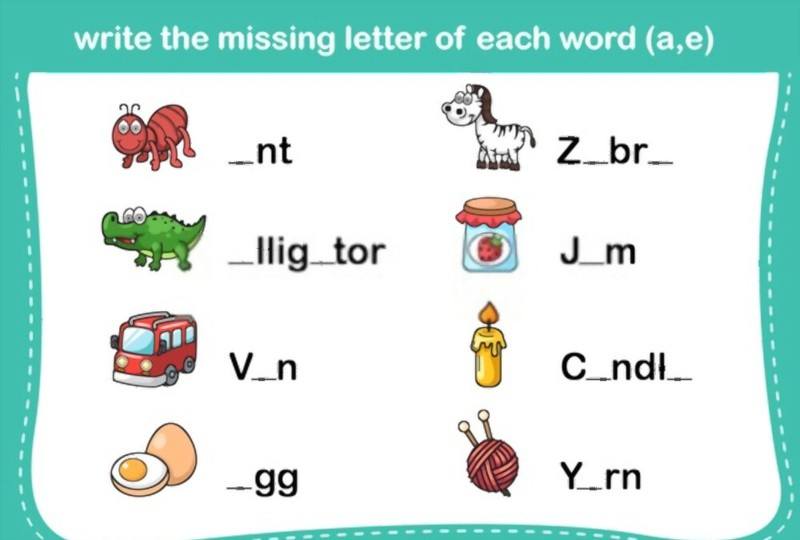
Contents
Top 20 Vocabulary Activities For Kids
1. Vocabulary Wheels
Choose a word with your child and ask them to write their own definition on a piece of paper. Have them find three or four words that rhyme with each other, and put the words in order making sure that the definitions are in alphabetical order. The wheel features a modified game of Bingo, with each playing card representing an idea or word in the topic. Players move from one card to the next, answering questions about that word before getting to their next Bingo space. It’s always fun to look at what other people have learned.
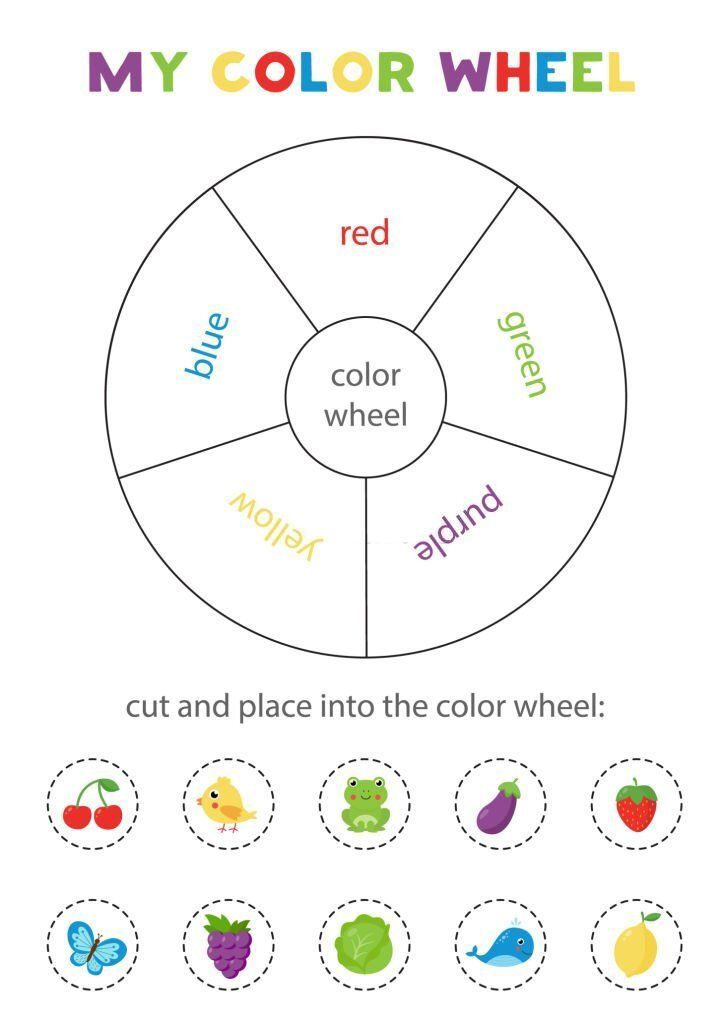
2. Comic Strip Vocabulary
For a fun, interactive way to build up your child’s vocabulary and teach her the basics of reading comprehension, try this comic strip vocabulary game! Instead of a word bubble, each word is represented by an image with a sentence that can be read out loud.
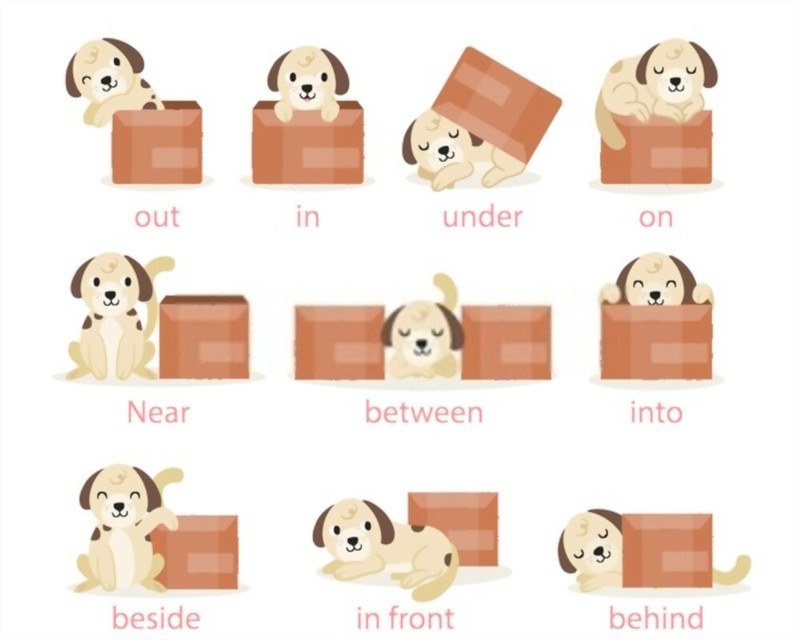
3. Word Search
Word search games will have your kids learning new words while they have fun playing. You can print out the various card words and cut them apart to create a word search. Give each child a section of their own to play with and watch their little minds at work!
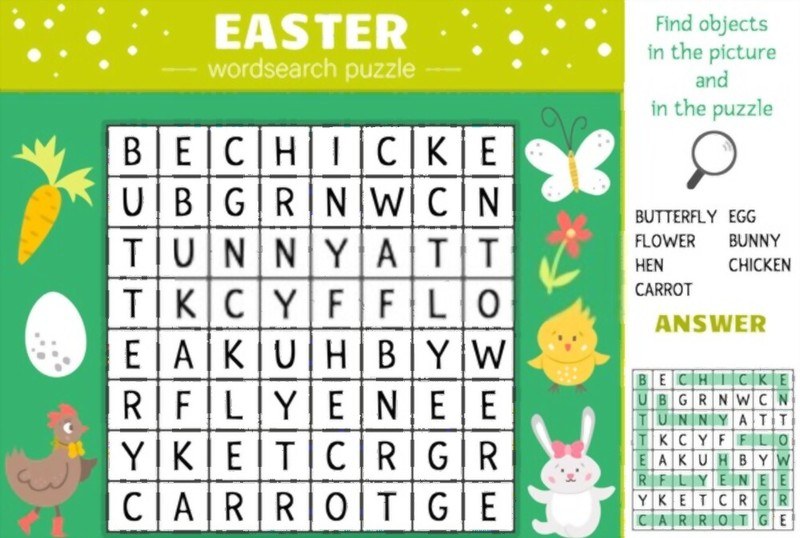
4. What’s Missing?
What’s missing? game is great for working on your child’s memory as well as vocabulary development. It’s an interactive game where you make a picture of someone or something missing and have to find what missing object is missing from it.
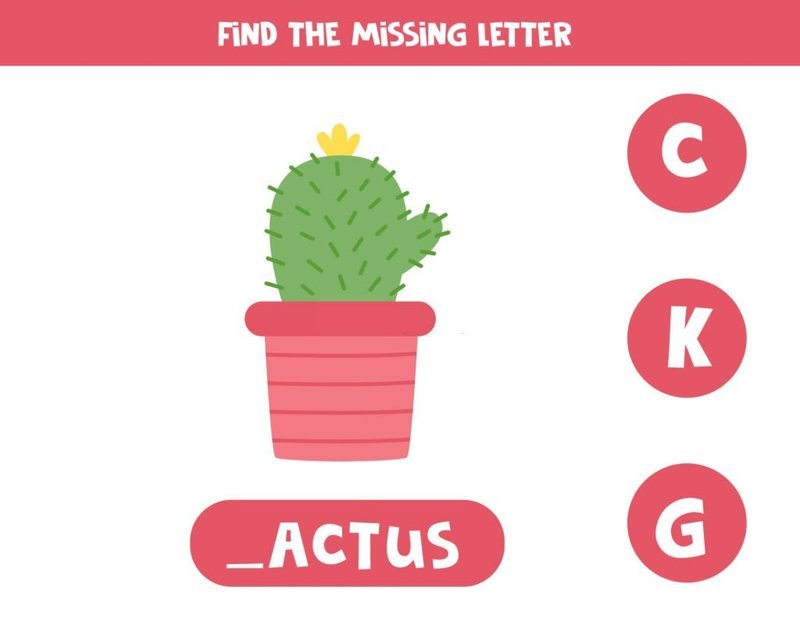
5. Roll A Word
Pick a topic, such as clothing or occupations, and have each player come up with five to ten words that relate to it. Record them all on a sheet of paper and then take turns rolling the dice. Have each player use the word that corresponds with their roll and make a sentence out of it.
6. Ice Cream Scoops
This ice cream scoop activity gives children the opportunity to show off their creativity and linguistic skills. Pick a topic, such as animals and have each player come up with five to ten words that relate to it. Write down the words and have each player use them to make a sentence.
7. Scrabble
For this activity, you will need an English dictionary and Scrabble tiles. Have your child choose a topic, such as clothing or foods, and then make up five to ten words that relate to it. Write down the words and have each player use them to make a sentence.
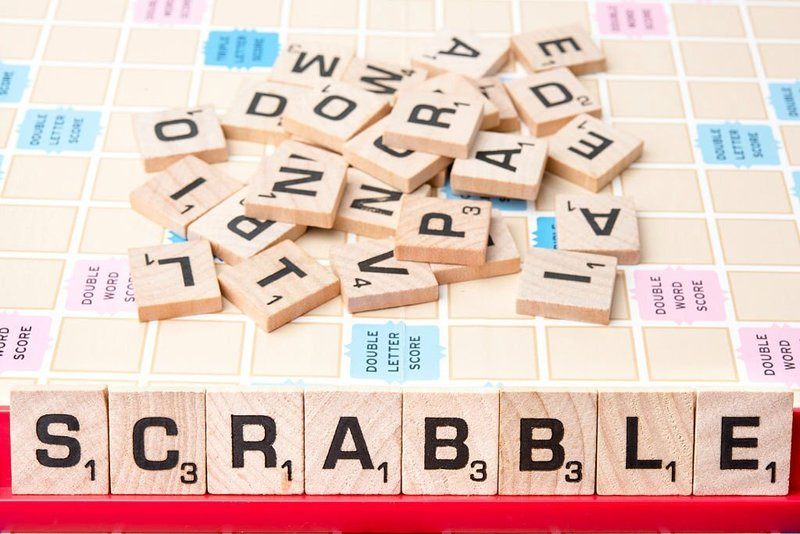
8. Word Graffiti
In this game, each player writes a word on a piece of paper. Then, players take turns guessing their partners’ words by asking where it can be found in the classroom or house. You can get kids to start thinking about words by having them draw a mural that they make up words. They’ll often come up with words they’ve never heard of before, like “fizgig” or “chemsuit”. It also helps to get in touch with the students’ creativity and encourage free expression.
9. Fancy Nancy
Fancy nancy activity work like having a look at your children’s magazines and picking out some of their favorite pages. Write down the words that you find and put them in a pile. You can also write down words from the internet or from a book or read to your children.
10. Vocabulary Basketball
Vocabulary basketball game is a scavenger hunt for words, where either the teacher or the students take turns throwing words that one knows at each other. When someone guesses a word they don’t know, they get to make up their own definition and continue playing.
11. Word Grid Challenge
Draw a 4×4 grid with 25 squares. Write a word in each square. Make sure the words are spelled correctly and that there are no duplicate words in the grid. Read down, then across to find new words and their definitions. This is a low-level vocabulary and spelling activity in which participants are given a set of words on the left side of the grid. The goal is for each person to find and circle all the words they know on their grid, either horizontally or vertically.
12. Swat the Vocab
This is a fun game that has students compete against classmates to see who can capture the words on the board. To play, divide your class into two teams and assign each team a different color. Then, create six rows of three columns on your board and write one word per column. Write each row of words in one color—teams will only be able to “swat” words assigned to their color.
13. Vocabulary Categories
This game is a fun way to see how students can see the connection between words, themes and basic concepts of learning. First, empty a jar and fill it with crayons, markers or any other items you may have at hand. Ask students to think of words that help describe each category. Then, ask them to write these words on butcher paper vertically in order. Let them know they are allowed to include their own category terms if they wish.
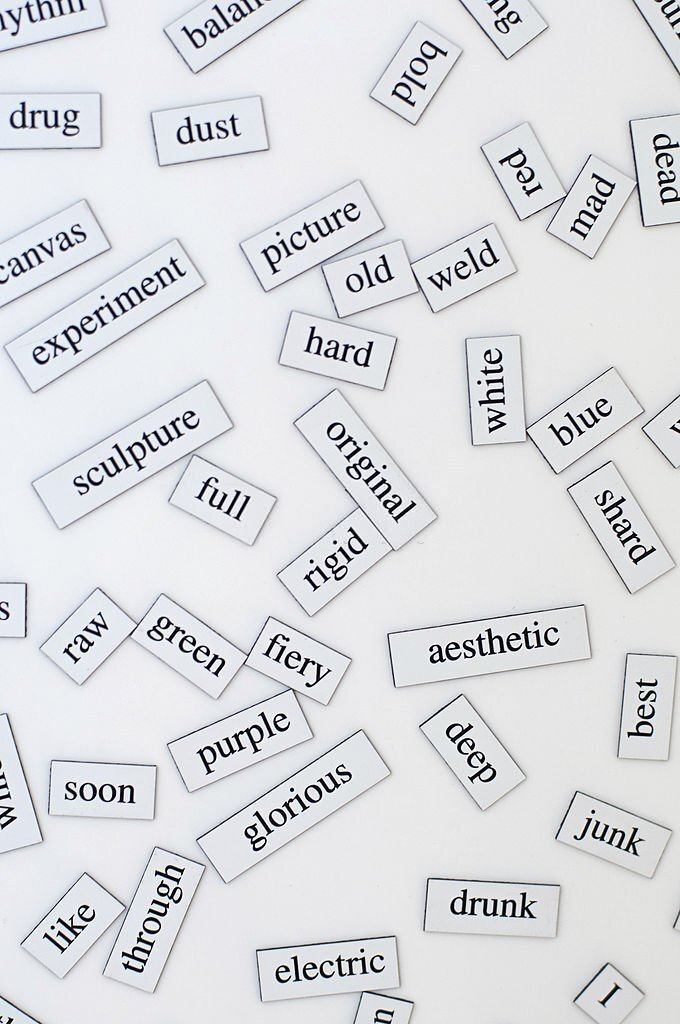
14. Magnetic Poetry
Magnetic poetry is a fun game that can be adjusted to meet the needs of any classroom. Break out a bunch of white poster boards or large sheets of paper on the board and write the alphabet in groups of two or three on each sheet. Then, place them in a circle on your board and have students take turns placing a piece of poster board with one letter on it in any position around the circle. The next student takes their turn and places another letter, etc.
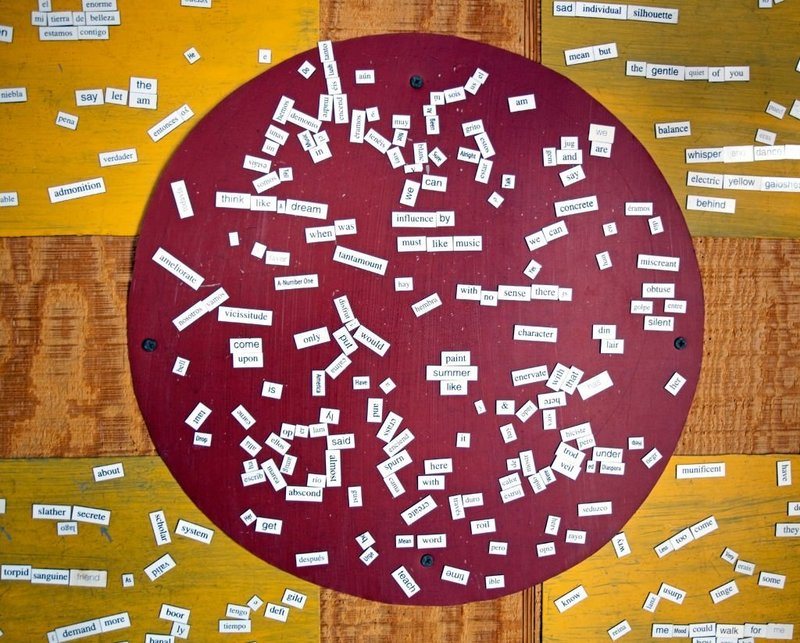
15. The Zoo – Core Vocabulary Song
This is a catchy song that introduces the students to the core words, then has them take turns singing each word. You may want to revisit this song later in the year as we can build vocabulary from different contexts.
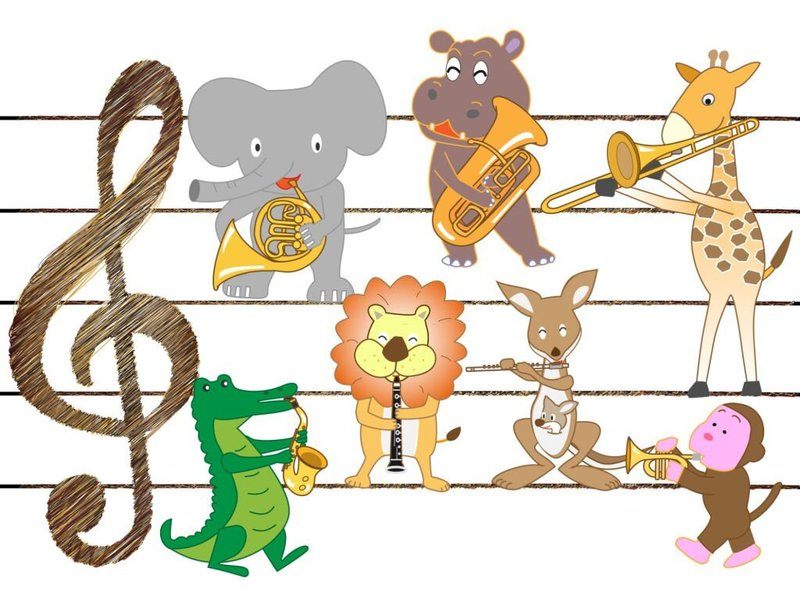
16. Academic Vocabulary
Another game that can be adjusted to meet the needs of any classroom. It is a fun way to teach the vocabulary you need for your class, as well as for daily life. Each player writes the name of a subject on their hand and places it on the “board”—say, a surface on top of a desk or table—in a specific spot. The next person must ask them about that subject and explain why they are in that spot.
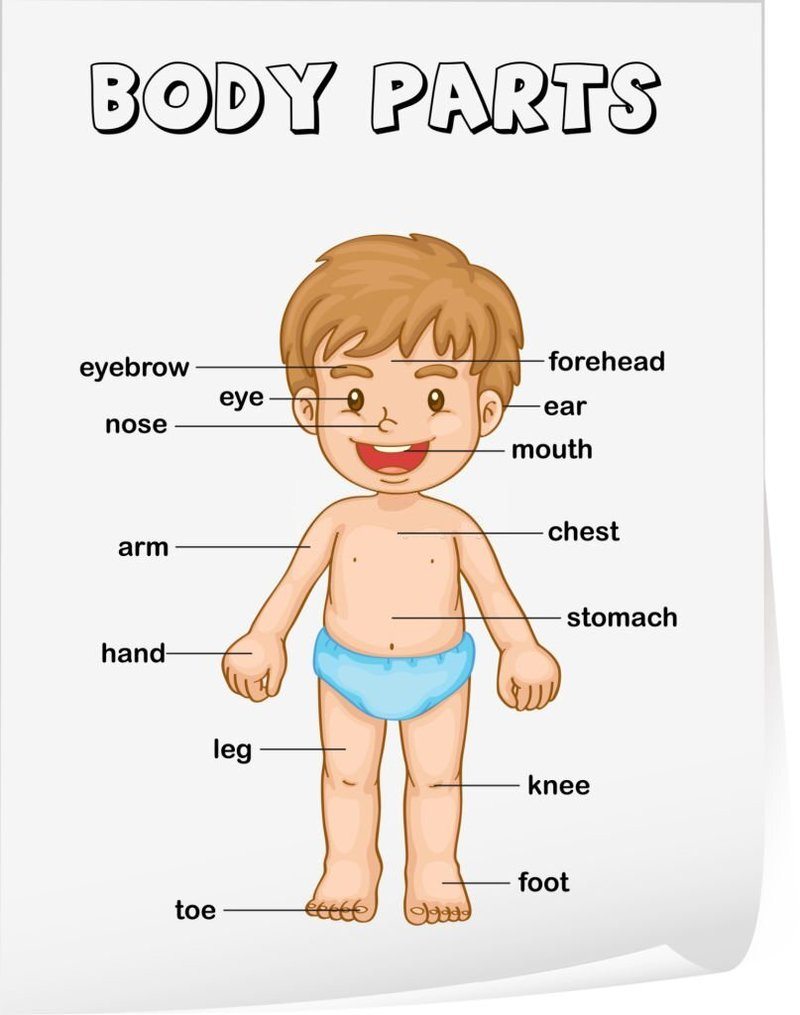
17. Sequencing With Balloons
For this game, blow up balloons and write vocabulary words on them. Then, hide the balloons around the classroom and have students create “sentences” by finding the words and “reading” them one at a time. To add an extra challenge, make it a race to see which team can figure out the order first.
18. Multi-Syllable Words
Multi-syllable words are a great twist on the “word wall” for vocabulary words. On a dry erase board, write facts about each animal in an image like the one above and have students color in the words. Write each animal’s name at the bottom of their page. Then, when you need to include a word that starts with one of those letters (for example, raccoon), instruct students to write three things under it that start with that letter.
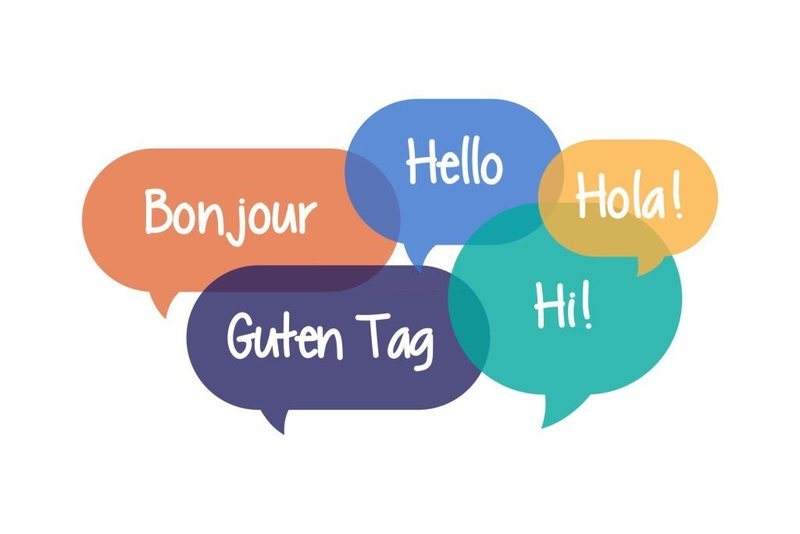
19. 3 Ways To Stress A Syllable
This game is a great way to make the connection between the letters and sounds of words. Write each letter on a sheet of paper and have students stand in a line. Then, ask them to say each letter out loud. When they have finished, tell them to try three different ways to say it: Like a baby, like an adult, or like an animal (for example, a dog).
20. Free Vocabulary Activities
This is a fun way to incorporate flashcards into your lesson plan. Put up one word per post on a board (for example, Test). When students finish their word, tell them to take it down. If they do so quickly enough and don’t forget where it goes, give them credit for the word—if they get it back on the board, have them place it in another spot.
